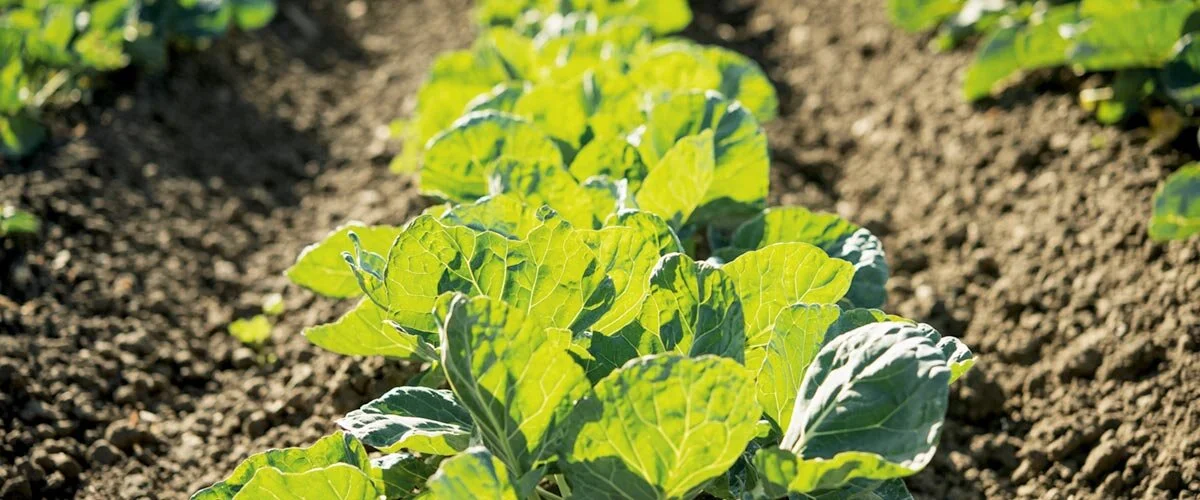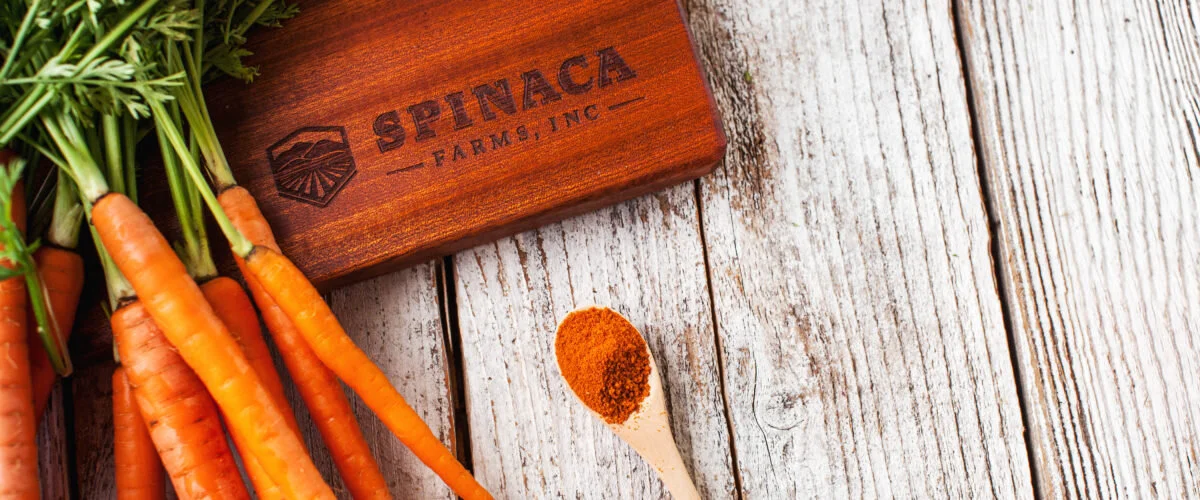All proteins are not created equal at all—no! Even meat proteins vary from animal to animal. Beef has more fat and iron while chicken, for example, tends to be a leaner source of proteins. Fish is again high fat and high protein but has different types of fats than red meat—often considered the good fats, but I’m not sure I agree with that sentiment entirely. Whey protein comes from cow milk, and plant proteins….well those come from plants.
Read MoreSaturated fats have definitely gotten a bad name over the years. Saturated fats, when digested, generally go through a double loop around the body because fats find it difficult to dissolve in our blood which is a water-based environment and most people recognise fats and water don’t mix very well. So fats are transported via our lymphatic systems which is a little bit like the back roads if our arteries and veins are the freeways.
Read MoreWhatever we grow at Spinaca, my MO is to use the whole plant for multiple applications per our Root-to-Shoot philosophy. Hemp is slightly different, though. With hemp, seeds are bred for their end result, meaning some seeds support fiber production while another might support oil production. Yes, some seeds are hybrids, but they produce mediocre yields of both fiber and oil, so we’ll separate plantings to maximize yields independently. That being said, we’ll still be able to utilize every part of what each plant grows.
Read MoreDid you know that 85% of kids in this country are not getting the vitamins and minerals they need to support proper physical and mental development? This is largely due to the fact that they’re consuming fewer foods that are fortified with the core five food groups—fruits, vegetables, grains, dairy, and protein. As parents, it’s more important than ever to think about the foods we’re consuming with our kids—not only when you sit down for meals, but also when eating on the go.
Read MoreFermented foods are big right now. Everywhere you look, someone’s talking about the health-promoting qualities of sourdough bread, kimchi, or yogurt, and for good reason: fermentation introduces digestion-aiding probiotics and the glucosinolate compounds believed to fight cancer. What’s more, it might even support the immune system.
Read MoreLast month, the journal Pediatrics came out with a study of how common, FDA-approved food additives threaten children’s health. The results were grim, underscoring the fact that the United States is woefully behind much of the world in regulating toxic ingredients like phthalates, artificial colors, and preservatives like nitrates and nitrites…and how the development of our children’s endocrine, nervous, and reproductive systems are at stake.
Read MoreIncreasing the availability of nitrates in our diet means we don’t need to rely on internal mechanisms to produce this compound and can react to challenges on the arterial system quicker. There is also a lot of evidence to show that a healthy more elastic arterial system is associated with a significant reduction in mortality from a cardiovascular event.
Read MoreWe’ve been talking over the last year about the health benefits of eating vegetables in their many different forms, whether fresh, juiced, blended or, of course, as powders. On a personal level, I’m a great lover of veg, and not just because I work in agriculture. My mantra at home―the one that makes my kids roll their eyes―is “Gotta have a veg!” At my house, we eat a veggie with every meal because, if I’m promoting the value of vegetables in my profession, I think it’s important to practice what I preach in my personal life and my diet.
Read MoreIn this blog series, we ask Dr. Fogarty, a nutrition and exercise expert from the UK, to weigh in on how eating vegetables affect our health and athletic performance.
Read MoreVisit any health food store and scan the labels on different meal replacement drinks. The majority of those ingredients? They hail from China, Egypt, and India, countries that historically lack transparency with truth in ingredients.
Read MoreGilroy, CA, April 16, 2018—Spinaca Farms, known for growing, packing and procuring conventional and certified organic produce for the fresh market, announced the launch of their Root-to-Shoot program that maximizes crop utility for American farmers while supplying high-quality domestic vegetable products to the rapidly expanding functional foods market.
Read MoreThroughout 2017, we hammered on the science-based health benefits of eating beets, kale, and broccoli, discussed different modalities for getting our greens, and even discussed whether eating greens is healthful for dogs and cats.
Read MoreEver notice how Fido or Furball sometimes munches on grass or weeds? It turns out dogs and cats like their greens just as we humans do. Though their diet should be primarily comprised of protein, pets also eat plant matter for digestive aid, nutrients and detoxification. When their body needs it, they make use of whatever’s handy (including―but not limited to―your lawn).
Read MoreChanging the modern food production system can feel like a Herculean feat from the outset, but, as author and investigative journalist Michael Pollan says, we can do it every time we eat.
Read MoreHave you ever seen a typical organic broccoli field after harvest? I have, many times, and it’s not a pretty sight.
Read MoreFood is one of the few common threads between all living things, but as first-world food consumers, it’s clear we’ve lost our connection to that which sustains us. Just take a stroll through the local supermarket or open your fridge and it’s likely you’ll see foods designed for optics, for convenience, for a profit. Instead, what if you saw foods packed with whole nutrition, foods that minimize waste and maximize farm advantage, foods that open new income streams while remaining as convenient as ever? Impossible? We think not.
Read More




















